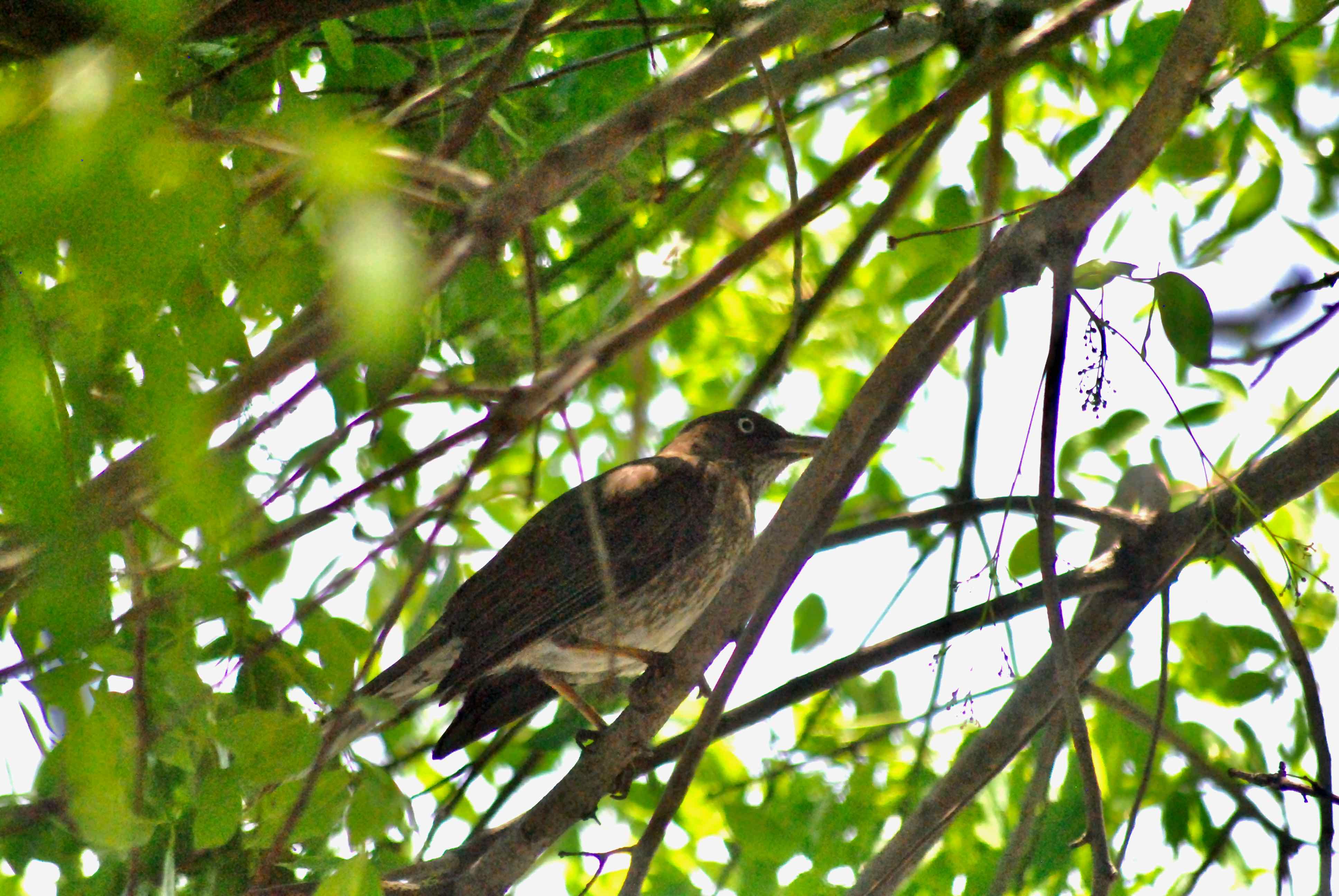
Pearly-eyed thrasher, photographed on Tortola, British Virgin Islands, in May 2015.
The pearly-eyed thrasher, Margarops fuscatusis, is not a native of Florida and it's not a sight many birders want to see within the state's borders.
It doesn't live far from us, as close as the southern Bahamas, but to our knowledge, a member of the species has yet to make the trip across the Florida Straits.
The pearly-eyed thrasher's normal range is a string of 80-plus islands and cays that stretches almost to Venezuela. It eschews the smallest of islands as well as most major ones, including Cuba and Hispaniola, with Puerto Rico being the exception. It once had a foothold on Jamaica but is now extinct on the island.
It looks similar to the brown thrasher that is found in Florida. It's fairly large, with a long, stout bill and a long tail. It's mostly brown, with a streaked throat and breast and white underparts. The most distinctive physical characteristic is its eyes, dark with a white outer ring.
It is what bird scientists call a superior colonizer. It is a strong flyer, able to fit within a multitude of habitats, from beaches to mountains, cities to forests. It's highly adaptable to changing conditions and it is a prolific breeder capable of raising as many as six broods during a season. It's found in areas that are considered species poor, or inhabitated by relatively few bird species.
The pearly-eyed thrasher is combative by nature. It will attack the nests of other species, either to limit the competition for food and resources or to take over the nest site. It is, in fact, a threat to the existence of at least one other bird species, the Puerto Rican parrot.
It is not a migratory bird, but there is some evidence that its population is moving northward, further into the Bahamas. But westward ho? Not yet. And as long as there is rich variety of bird species inhabiting the region, it probably won't.
The pearly-eyed thrasher is a member of Mimidae, the thrasher and mockingbird family. As might be expected considering the bird's wide range over a multitude of cultural and linguistic influences, it has a rather extensive list of common names. Among them, translated into English, are black magic bird, mango bird, pearly-eyed thrush and white-eyed mockingbird.
Links for Pearly-Eyed Thrasher
